John Williams on including nature in media
I had the great pleasure of chatting with the founder of SEA Media and Salish Magazine about the power of technology, and the importance of including nature in mainstream media.
Hello, friends! This post is part of my “Sustainability Sundays” series that has long been on hiatus. As you may recall, these pieces are meant to take you behind the scenes of people’s lives I am inspired by, who are making this planet a better place. I’m renaming this series to “Sustainability Success” and I’ll be releasing more of these in the coming months! Enjoy.
*All photos in this article were graciously taken and shared by John Williams*
“My purpose in life is to help people notice nature.”
I first encountered John Williams at a virtual conference on microplastics in the spring of 2021. This was mid-pandemic when every institution worldwide had pivoted to offering fully remote events. This particular event was hosted by The Pacific Northwest Chapter of the Society of Environmental Toxicology and Chemistry (PNW SETAC). I was attending to learn about the state of microplastic research. Talks on Day 1 were typical science conference fare. Titles included:“Contaminants of Concern Framework in the Columbia River Basin,” “Toxic Effects of Tires Particle Eluate in Marine Environments,” and “Behavioral Alterations in Daphnia magna from Chronic Exposure to Polystyrene Nanoplastics,” etc.
Societal talks at a science conference
It was with great delight that on Day 2, I noticed John and his co-presenter’s (Deb Rudnick) presentation: “Including the Public in Addressing Environmental Issues, a Plastic Example.” As it happens, Deb is the chair of the Bainbridge Island Watershed Council. She’s also quite involved in plastic-related activities, like Bainbridge Island’s annual Trashion Show (how cool is that?!). Here is a short snippet of their presentation abstract:
“Solving problems associated with the unintended environmental consequences of the immense growth of plastic use over the last several decades involves not just science, but public awareness of the problems and solutions. One major obstacle to this effort is the media’s nearly exclusive focus on human interactions (such as politics, sports, and fashion), leading to the media’s marginalization of environmental issues.”
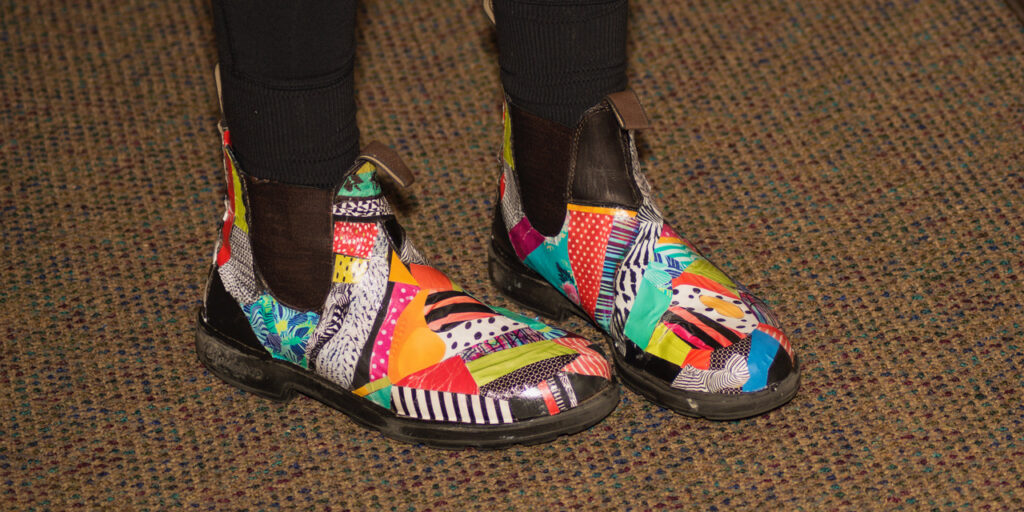
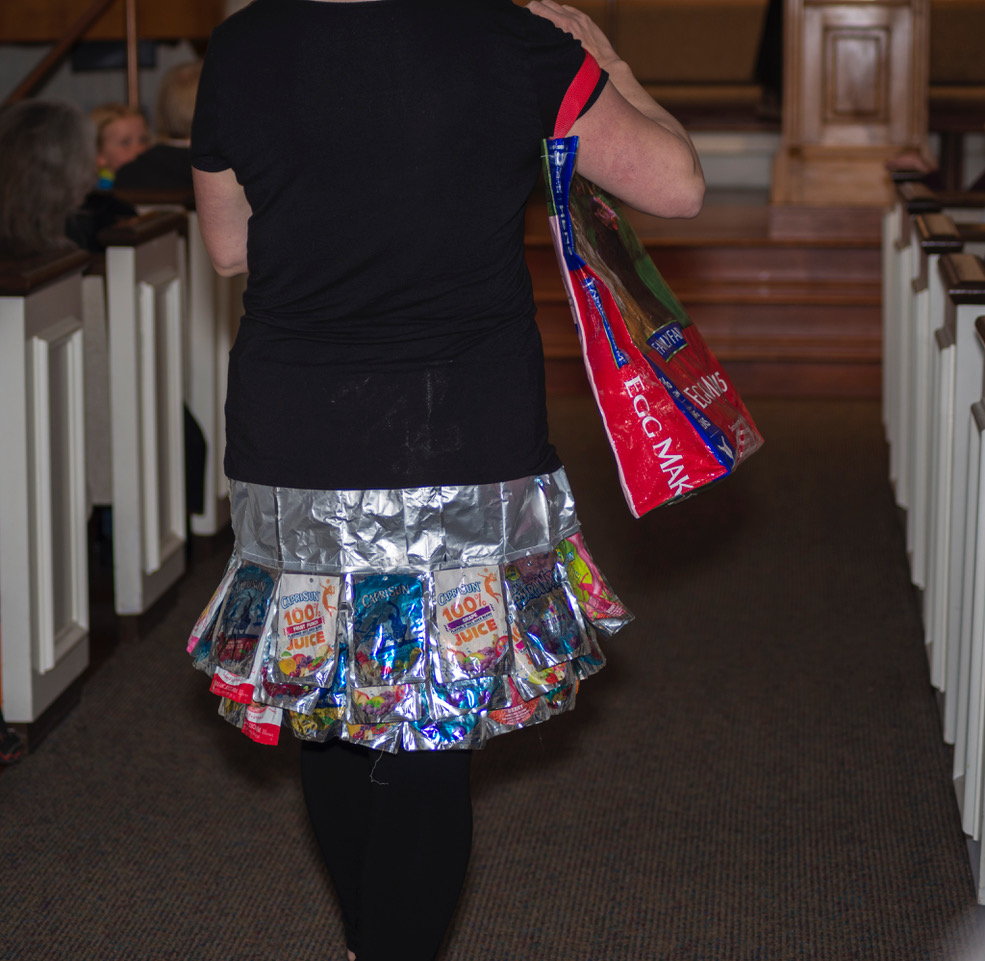
Interest, piqued! I have always gravitated toward less technical and more societal presentations. I’ve always wanted to understand how we’re solving the problems being researched. John seemed determined to share one mechanism for doing just that, through something we all experience daily: media.
Where is the place for nature in media?
Raising awareness about environmental issues to the general public is a constant battle. It can feel like a Sisyphian nightmare: that rock is never going to crest the top of the mountain. To illustrate what we’re facing when it comes to the media landscape, John researched the menu bars of popular news media websites, scouring them for nature news. What he found was a consistent focus on humans and human-centred topics (celebrities, sports, politics, etc.).
Nature content, on the other hand, was noticeably absent. In fact, nature news never appeared in top menu bars even once. (I would add that sometimes nature does appear in top news headlines but typically it is disaster-focused: floods, fires, droughts). If you really think about it, that’s kind of odd, isn’t it? After all, nature is what is keeping us all alive. The natural world provides us with oxygen to keep us breathing and able to pontificate about politics, celebrities, and sports…so why aren’t we talking about it??
Cultivating a passion for nature
John raised a really good question: how can we compel people to care about the environment? Particularly if they never experience it in the information they digest? I followed up with him after the SETAC event and he graciously gave me a few hours of his time for us to chat about this. What I learned is that John has cultivated a life-long passion for the environment. He’s used that to fuel his creative endeavours.
What I really found fascinating about John is that he didn’t always realize the importance of nature in mainstream media. It was only through his life experiences (which you’ll read about below) that he realized how important this could be in changing hearts and minds.
From laying cable to diving the deep blue
Despite John’s present locale of Suquamish, Washington (just east of Puget Sound) he actually loves the warmth of the tropics. This all made sense when I learned that he grew up in LA. Eventually, he headed to Hawaii where he worked for 10 years. There, his job was to develop software to map the ocean floor. This was part of a research project for the University of Hawaii. Afterwards, he and his colleagues started their own business, a commercial enterprise for cable companies looking to unspool their wires across the Pacific. In a very real way, the ocean has always been a part of John’s life.
It was during these many trips across the ocean (for 20 years!) that he first ran into the problem of plastic pollution. At the time, he thought it was debris from shipping corridors. He’d later learn that much of this plastic originates on land or is intentionally dumped at sea. (A small portion does indeed fall off vessels accidentally.)
Perspective shifts from people
What John really enjoyed about this work was the opportunity to interact with the geologists on these cable-laying projects. These interactions made him realize just how many ways of seeing the world there were. We all have different viewpoints and perspectives, and we can always learn from others. He also learned that this world is a big place and there are just so many things to SEE!
Eventually, the company moved their office to Seattle and John made his way to the Pacific Northwest. He had spent time in Oregon and was familiar with the region but never really enjoyed the cold, wet weather. REI’s slogan “There’s no such thing as bad weather, there’s only inappropriate clothing” helped him thrive in his new home.
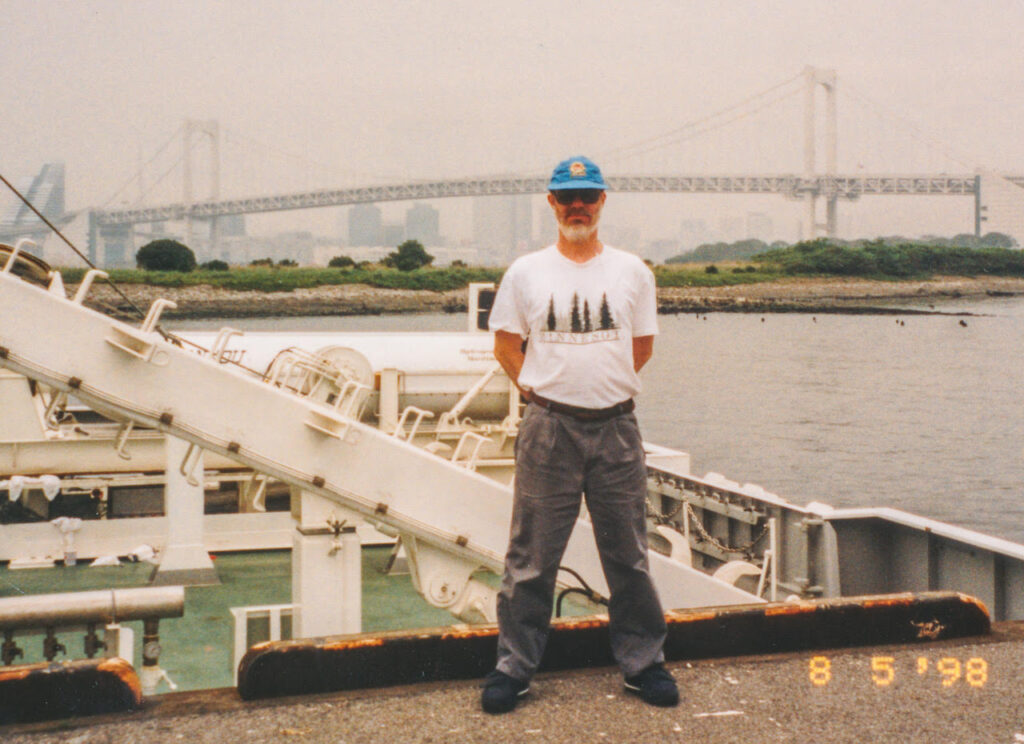
A computer programmer at heart
John has spent much of his life as a computer programmer. When I asked him about this (particularly given that he grew up at a time when computers weren’t in every house) he laughed, recalling, “I only saw them in books! We used to use punch cards, I don’t know how many people will remember those.” (If you remember punch cards, please leave a comment for John!)
Computers became a part of who John was and is to this day. Their power to connect the world and display information has always caught his attention. This passion would fuel his other, creative pursuits later on, through his work with SEA Media.
Why is it important to be changing the way that we “do” media?
John and I spent a lot of time talking about “normal” media and “slow” media. Slow media is emerging as an antidote to the fast-paced aspect of traditional media. As John puts it, traditional media “is wrapped up in keeping people interested with conflict and suspense.”
Personally, I think it’s important that we change the way we “do” media. We ingest far too much bad news, fueled by click-bait headlines. When all of our headlines are terrible news, how are we supposed to feel optimistic or hopeful?
You might be thinking, “The solution is easy: just turn off your news and go outside!” Yes, absolutely: we could all do with a break from our news feeds. But unfortunately, nature is not accessible for everyone. So what then? Without an easy nature outlet, it’s harder to avoid all the bad news.
The merits of “slow” media
Slow media may be one solution. Says John, “Maybe slow media is one way to bring this into their homes. It’s not imposing, it’s like hanging a picture on the wall.” For example, a five-minute video of rain falling on a lake, or a slow-motion video journey through a forest. These are things that, when viewed, can soothe the nervous system.
We also talked about the benefits of slow media in high-stress environments like hospitals. John’s partner had cancer and as a result, he spent some time in and out of hospitals. He noted that there was sometimes artwork in the hospital that provided relief to the situation and a sense of joy. “It let me step outside of myself for a bit.”
On reframing “educational” content
The word “education” sparks feelings in people. Think about what your brain does when you read the words, “educational content.” Do you yawn? Get excited? Depending on the person, it could go any which way! John feels that educational content has developed a bit of a negative connotation, that it’s boring. So how do we remove these associations? Salish Magazine that John has developed (more on that later), is trying to overcome that barrier. By incorporating things like art, the magazine hopes to prove that nature can be mysterious, fun, and exciting.
Natural role models
John points to inspirational role models who are also doing this work. They include David Suzuki, David Attenborough, and Hakai Magazine based in Victoria, BC (also a digital magazine publication). He admits to sometimes feeling like the journey to getting Salish Magazine out there is hard but when he thinks about Hakai, “it just brightens my spirits.” Another source of inspiration? Jaques Cousteau. “He just blew my mind,” John recalls. He went on to read all of Cousteau’s books and when his films started emerging, watched all of them. This may be where the idea was sparked to “show people” what lies beneath our waves. What Cousteau was doing was educational but people didn’t see it as boring or serious: they were mesmerized.
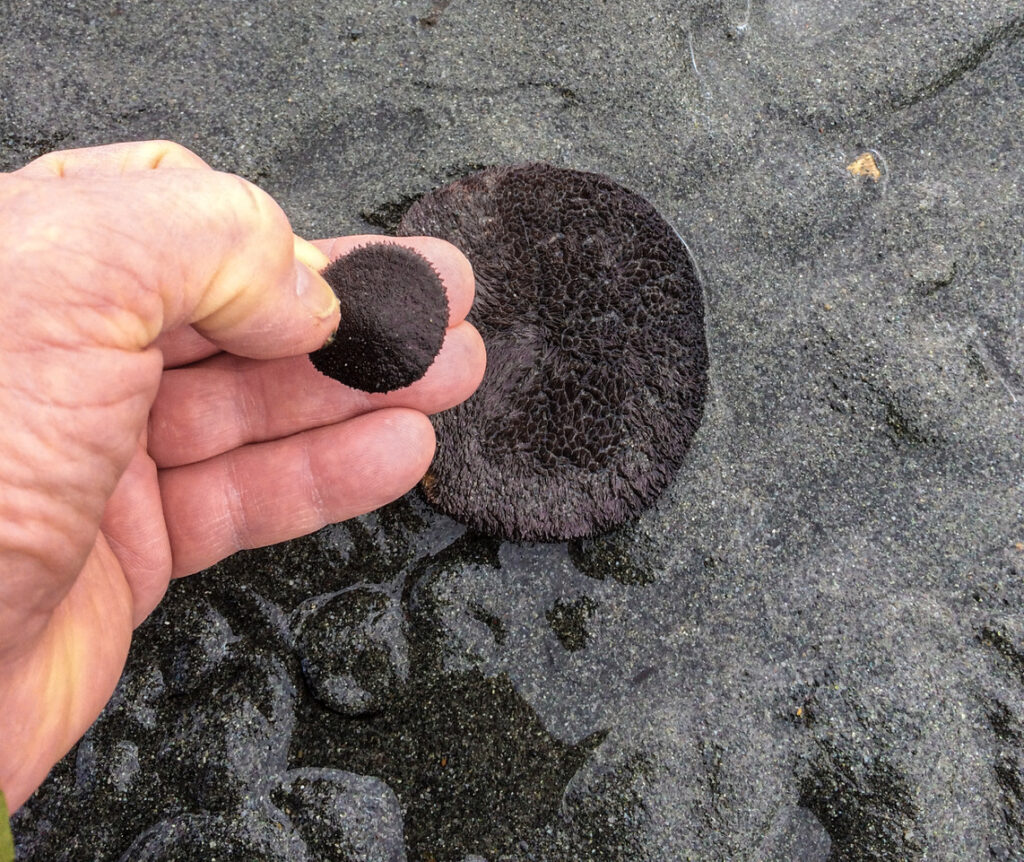
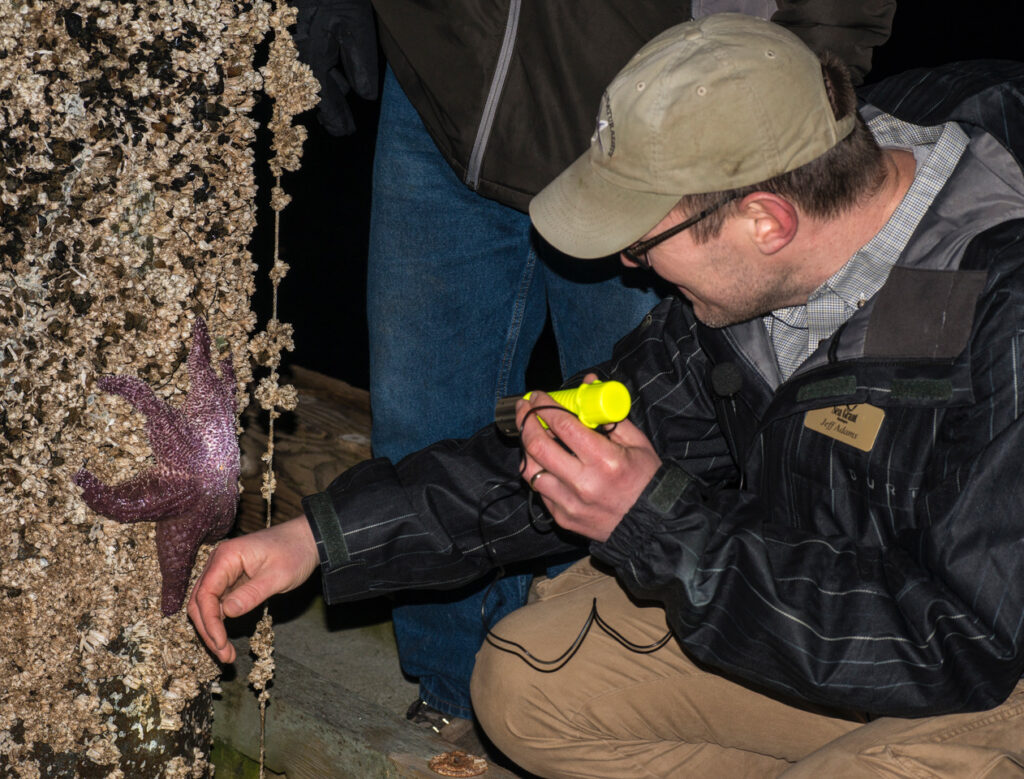
Showing people what they can’t see
“One of the reasons I started SEA Media,” John explained, “was to help show people just the amazing stuff that was here. When I started diving [in the PNW], I would get out of the water and people would come up and ask me, “Gee, isn’t it all just dark and dreary down there? What is there to see?”
In Hawaii, John recalls, nobody did that. Even in the tourist hotspot of Honolulu, you could easily walk to the water’s edge, peer down and see something delightful. I know this to be true because I experienced it first-hand: during my first-ever trip to Hawaii in 2008, I remember being over-the-top excited. Clear water! Pretty fish! Wow!
But in the Pacific Northwest, the water is darker and colder. Typically, people view the water from a bridge or a ferry. They don’t get their faces in that water.
Bring nature to the people
So, when John started diving in the chilly PNW waters, he eventually started bringing along a camera. After that? “I actually got an old, portable TV. After a dive, I’d set it up on top of my car and plug it into the cigarette lighter and play back some of the stuff that I saw to show people. It was just so exciting to do that.”
It was these experiences, coupled with his time at sea, that provided the ingredients he needed to start his own company, making films about his underwater work. Through that process, he got to know other people doing similar things, so they put together a TV series. Like Salish Magazine today, this effort was fully volunteer-driven and as John puts it, exciting. “It gave me a chance to help do some of that “showing” to people, the stuff that they didn’t get to see. And it was focused on PNW waters mainly.”
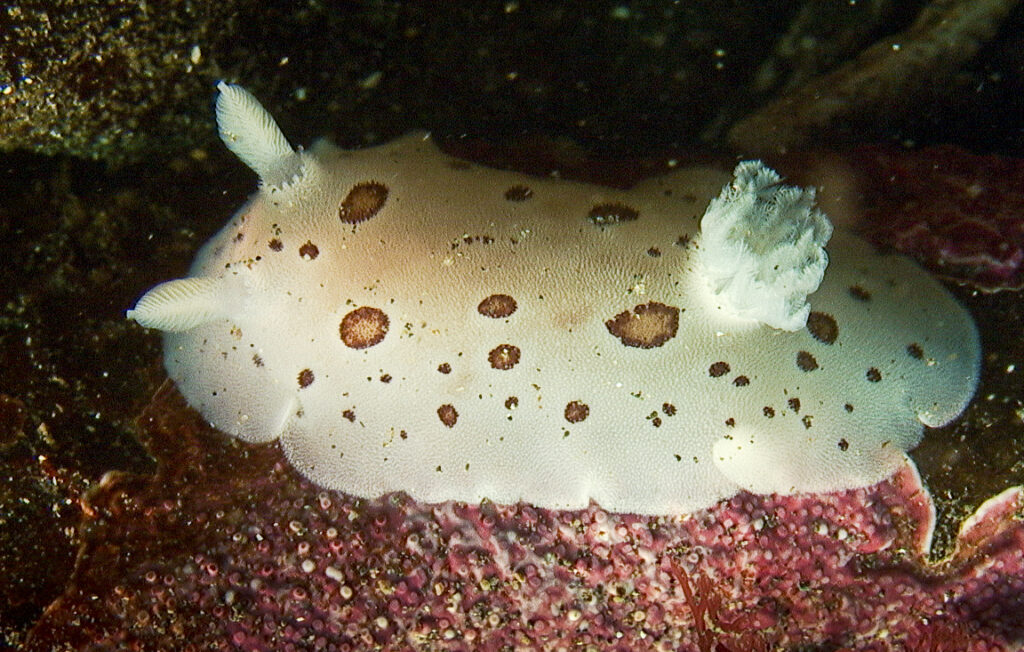
Nature in media and the beginnings of SEA Media
All this work was really exciting for John but at some point in the early 2000s, he realized something that shifted his approach: most of our traditional media is about people or land-based content. This was the fuel he needed to start SEA Media in 2009: beginning first as a website reviewing other people’s PNW nature-related content. The idea was to bring about a shift in perspective, to illuminate the idea of the marine and terrestrial environments as shared ecosystems. As John astutely put it, “The marine environment doesn’t exist by itself like it has a wall around it.”
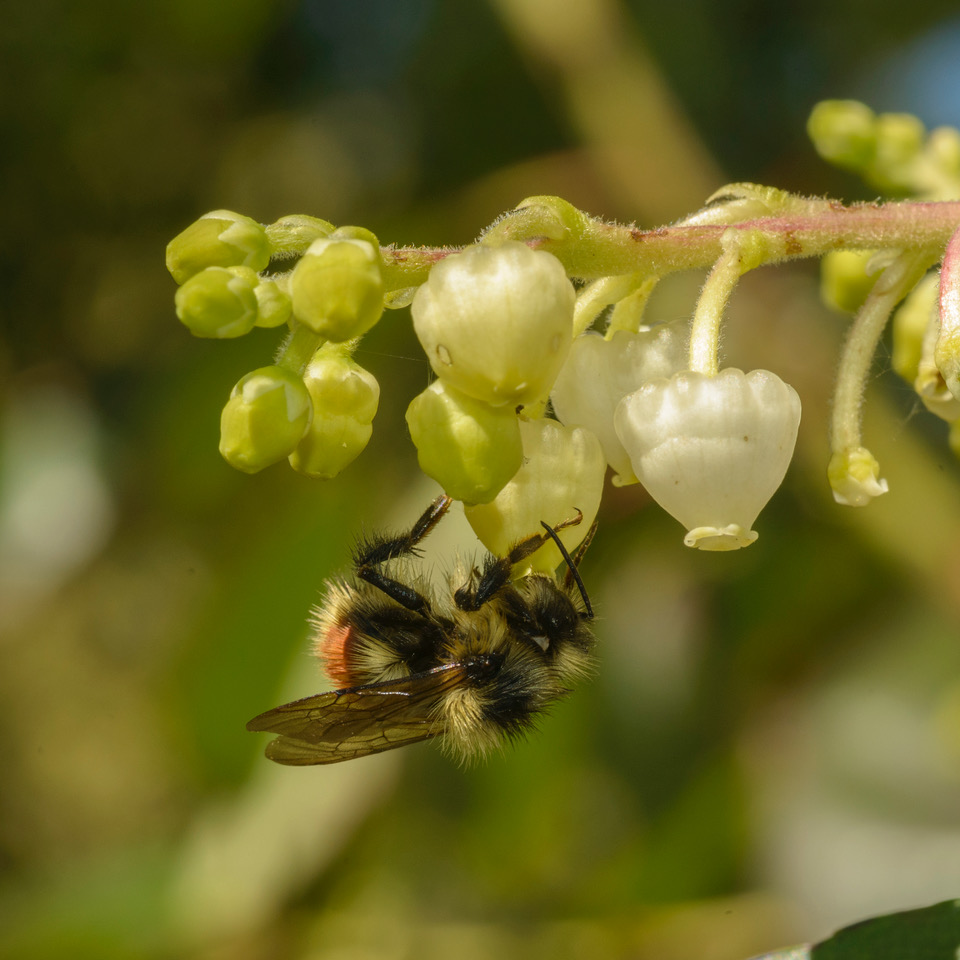
The birth of Salish Magazine
Still, with an itch to produce his own content and wanting to work more directly with creators and showcase their work, in 2018 John started Salish Magazine. Plus, there still wasn’t much nature representation in popular media, so John wanted to try to fill that gap.
The magazine itself is available for free online and is completely driven by volunteers. Together, they publish four issues a year. While it’s hard to measure the impact of a digital publication, there are some hard stats John can rely on, like web traffic. In the last two years, there has been a tenfold increase in the number of site visits per week and likely more since we last spoke.
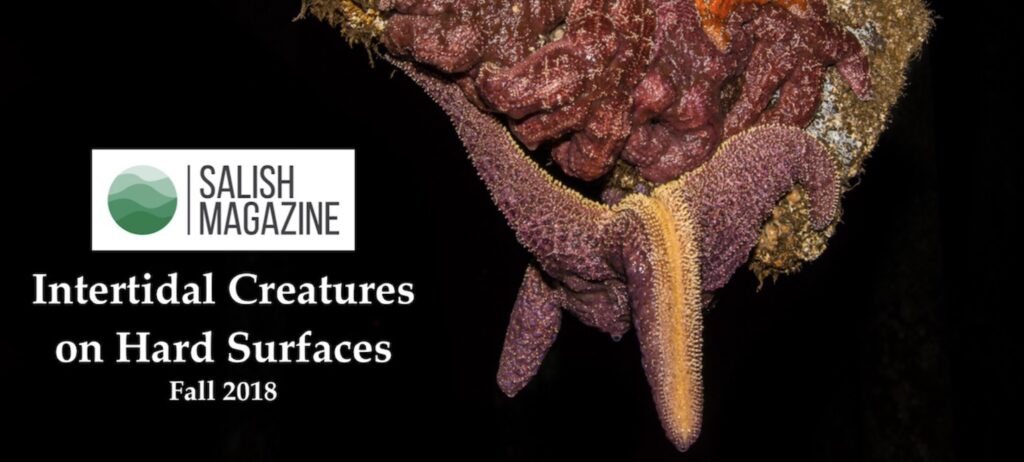
Why focus on the interconnectedness of nature?
For John, focusing on interconnectedness and ecology is important because for so long, we have operated under the (incorrect) assumption that everything in nature can be separated out into its component parts and that any troubles that arise can be solved individually. However, we now know (or are learning) that this is not the way things are. John is part of the movement to bring about this unlearning (or is it a re-learning?).
He points to a very well-regarded and well-intended piece of legislation in the USA: the Endangered Species Act. While it has done lots of good, it is ultimately grounded in species individualism. What this means is that focusing on preserving one species can have unintended consequences on the entire ecosystem, if not all parts of the puzzle are understood. Salish Magazine is trying to promote an ecosystem perspective so that people can begin to “see things as a system instead of as a guidebook with a different page for each different species.”
Shifting to systems thinking
Obviously, shifting our thinking to focus on systems instead of individuals is hard: we’ve built up our societies on hierarchies. We love black and white. Even in the world of biological science, hierarchies are what help us make sense of the plant, animal, and microbial worlds. (Side note: while fascinating, taxonomy was my least favourite course in university: all that memorization made my head hurt!)
John also mentioned during our call that there’s not a whole lot of precedence for this in our modern era: systems theory has only been around for less than a century. At the same time, it must be remembered that Indigenous peoples the world over had been living in harmony with the planet for a long time before colonization.
Nature shows us that interconnectedness, diversity, and reciprocity are necessary in order for an ecosystem to function properly: we cannot separate out nature into component parts and expect everything to work. We must weave this thread back into our media, too.
The importance of nature and the difficulty of putting it into words
Our conversation touched on so many aspects of nature that are hard to put into words. Often, we tell people to get into nature as a way of resetting our brains or getting away from the problems of the world. But what is it that makes that feel so good?
One reason could be because somehow, the natural world makes our human dramas seem so tiny. Standing on the edge of an open ocean, a lake, or even in a forest or a field, it’s like we can actually realize how big nature is (and we can’t even really conceptualize how big it is!). Says John, “I see my problems become little tiny things in this the scope of this beautiful, huge nature around me.”
When I asked John if he remembers when he first realized nature was so important, or a time when he became aware of the interconnectedness of all things, he described a “transcendental experience” at the beach.
Nature helps us clear our minds
This was during his college days in San Diego, California. (Just down the hill was Scripps Institution of Oceanography, a mecca for top-tier oceanographic research). At the time, he was going to school to complete a science major but he decided to study philosophy, too.
“It suddenly occurred to me that I was walking on the beach with all of my problems. And the waves were rushing up onto the beach. And those same waves had been rushing up onto the beach since Julius Caesar, and even before, and they had been watching all of these people with all of their problems. And it kind of gave me a sense of perspective. That’s a perspective I’ve carried with me ever since then, to help with life. But it was also one of my first recollections of really connecting with the beach as something important.”
Connecting to the natural world offers us so many benefits beyond just the mental and physical. If we are calmer humans, we can make rational decisions. We can be more thoughtful, and intentional. We can relate to one another instead of fighting. This may sound woo-woo but if we can achieve this, we can remake the world (truly!).
What has been the impact of SEA Media and Salish Magazine?
For John, being personally impacted by beautiful media from Cousteau and others is what drives him to continue his work with SEA Media and Salish Magazine: so that others may feel the same kind of impact.
The reception?
“It’s been really heartwarming and astounding, how many people have volunteered to help out. I never really expected that. I’m flabbergasted and thankful.”
His hope with Salish Magazine is that it can be a window to new worlds for its readers, stoking that sense of excitement and wonder about nature that was first sparked in him and inspired him to do this work. And, he’d like to explore more interactive methods: clickable photos, watching things unfold in real-time, particularly at an ecosystem level. As he puts it, “that’s really hard to do with two-dimensional pictures or even narratives. But I think one thing that’s going to create a bridge is being able to have more interactivity.”
Changing the way we relate to nature
Ultimately though, his biggest hope is that this work helps bring about a change in the way we all, collectively, relate to nature.
“One thing I hope all of this does, is to help more people feel like they’re stakeholders in that nature, and the environment isn’t just an abstraction that’s out there on a map somewhere in a park somewhere, it’s really an essential part of of our lives, whether we really realize it or not.”
You can see more of this work – created by John and his contributors – by subscribing to Salish Magazine or by visiting their website.

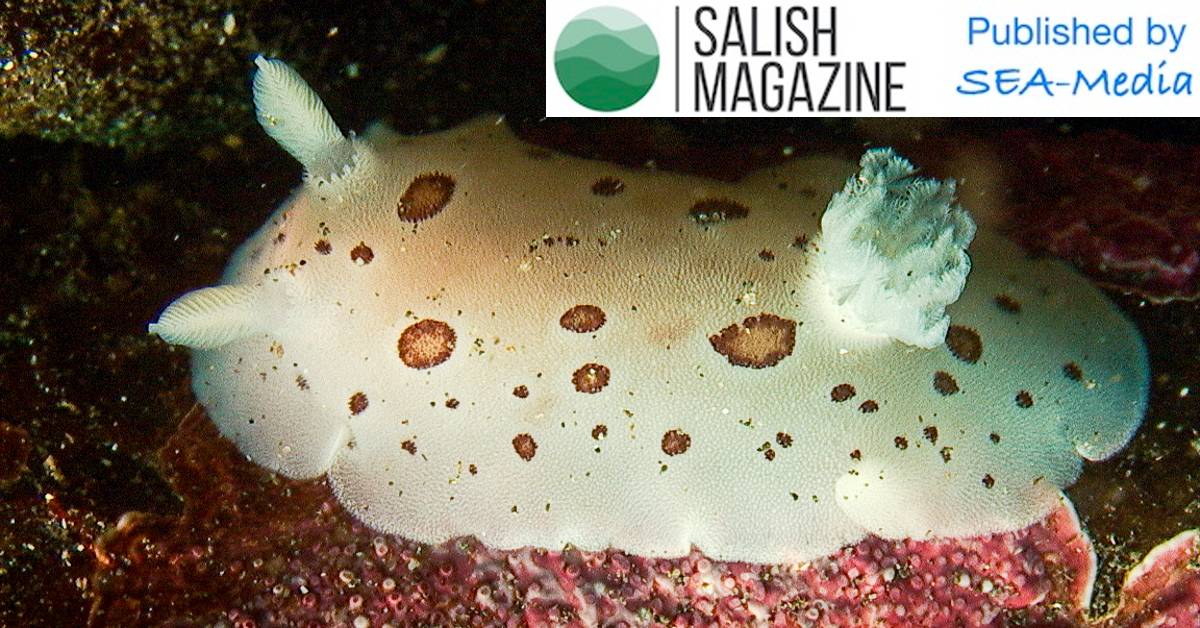
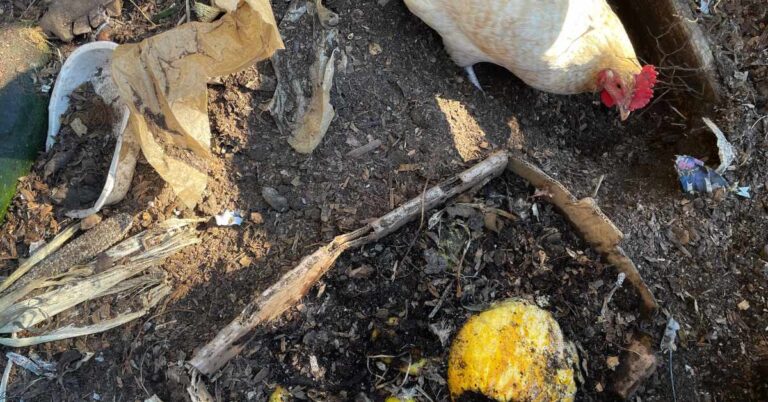
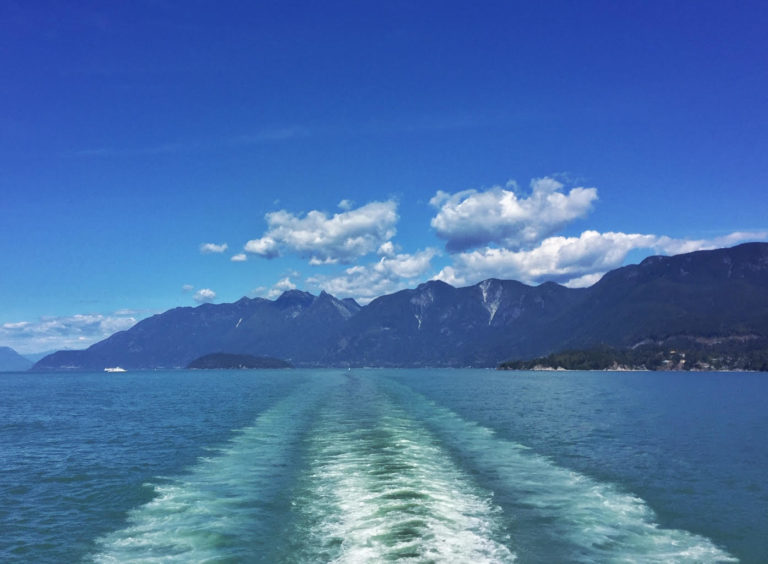
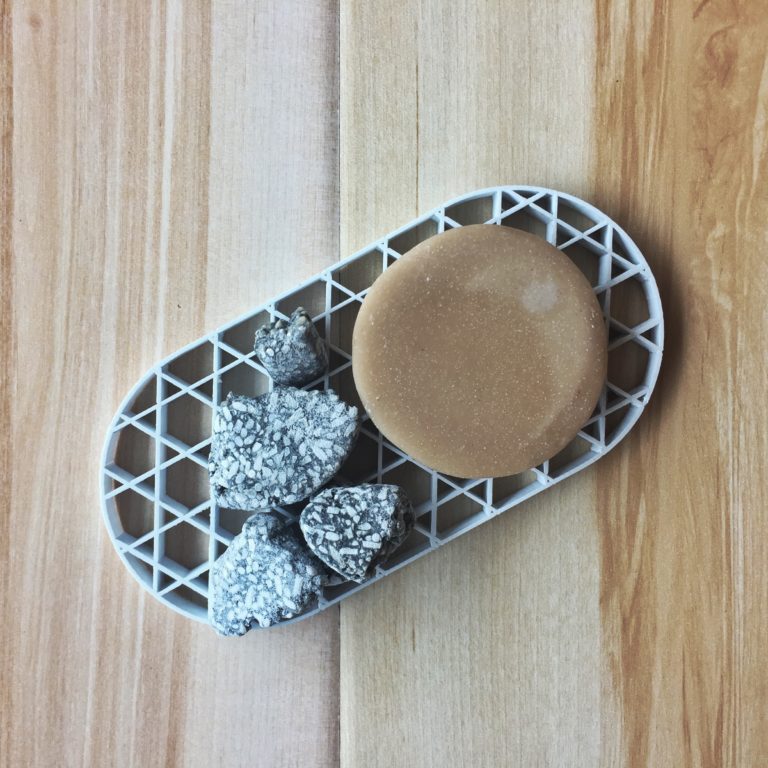
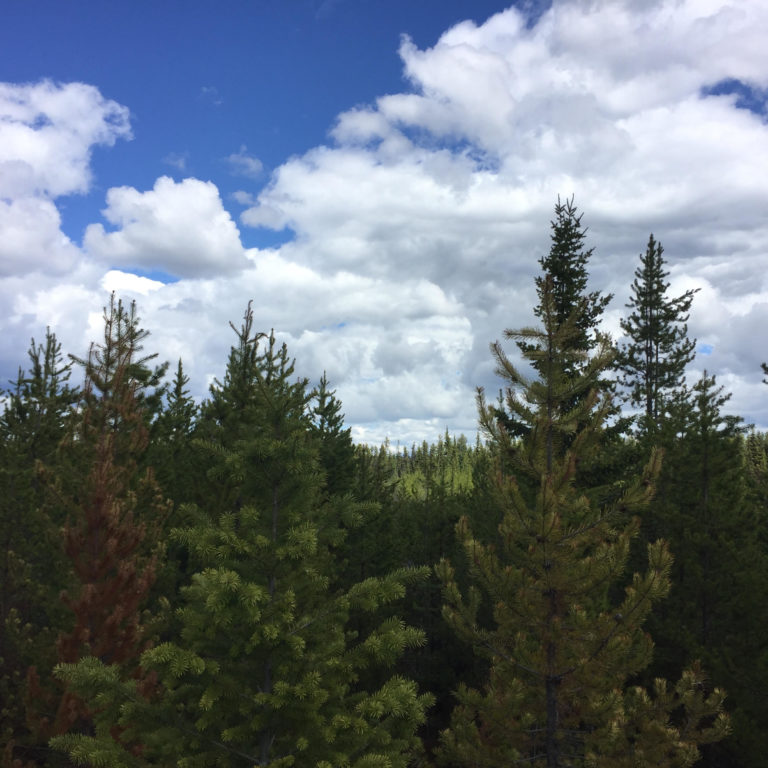
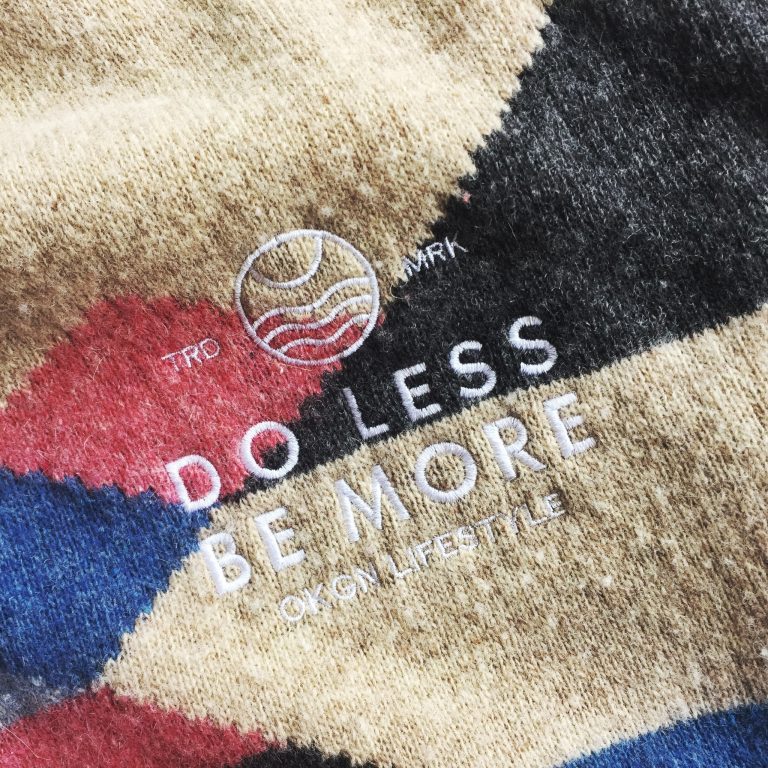
Awesome article my friend! This got me thinking back to when I realized I needed to be in almost constant connection with nature to feel “normal” or to reset. I’m still trying to remember 🙂 But I know I was young. Somewhere in that era of potion making perhaps around the age of 5 or 6 when I knew it needed to be part of me. Anyway….enough about me! Love this!
I love that, Nicole! Understanding where this yearning for nature comes from is something I find fascinating – like how does that happen in our lives and when is that seed planted? And is it conscious or subconscious? Hmm…so many questions!
First, I remember punch cards, though I never personally had anything to do with them and had no understanding of the draw towards computer science.
Second, I love the description of the evolution in John’s thinking about how we can put nature-centered news on the front page, so to speak, and why that’s so important.
Thank you for telling John’s story and helping put Salish Magazine on our maps. Definitely inspiring and so important!
Barbie! Thank you so much for your note! I’m happy to hear this story resonated with you: it certainly did for me, too! Amazing too that you remember punch cards, thank you so much for saying that. 🙂 I really hope that one day we can put more nature-centred news at the fore of our media outlets, I think it’s essential.
I really appreciate John and his commitment to sharing the natural systems around Puget Sound. His lovely photos bring that world into focus and help readers see the interactions of the species woven into a whole.
Thanks so much for your comment, Brooke! It’s amazing to hear these kind words about John. I would agree with you! I’m grateful to have connected with him and that he was gracious enough to share these wonderful photos for the post. 🙂
This is a great article about a man who is as inspirational as his photos. Thank you for publishing his story.
Thank you so much, Wnedy. 🙂 I’m really happy you enjoyed the article. I feel fortunate to have crossed “virtual” paths with John last year. So inspiring!